How to Paint in the Style of Impressionists
Have you ever gazed at a painting and felt as if you were transported to that moment in time? That’s the magic of Impressionism! This article explores techniques and tips for painting like the Impressionists, focusing on their unique approach to light, color, and brushwork that captures the essence of a moment. Whether you’re a seasoned artist or a curious beginner, the world of Impressionism offers a vibrant palette of possibilities just waiting for you to explore.
Impressionism is an art movement that emerged in the late 19th century, characterized by its emphasis on capturing light and movement. Rather than focusing on precise details, Impressionists sought to convey the feeling of a scene, often painting en plein air, or outdoors, to capture the fleeting effects of natural light. This section delves into its history and key principles that define the style, showcasing how artists like Claude Monet and Pierre-Auguste Renoir revolutionized the way we perceive art.
Choosing the right materials is crucial for achieving an Impressionist effect. Think of your materials as the musical notes in a symphony; the better the quality, the more beautiful the music. Here, we discuss the best paints, brushes, and canvases to use for this artistic style, ensuring your creations sing with color and life.
Selecting high-quality paints can dramatically affect your results. Impressionists often used oils for their rich texture and vibrant colors, but watercolors can also be effective for capturing light and atmosphere. Here’s a quick comparison:
| Type of Paint | Advantages | Best For |
|---|---|---|
| Oil Paints | Rich texture, vibrant colors | Landscapes, detailed work |
| Watercolors | Light and airy effects | Atmospheric scenes, quick studies |
An effective color palette is vital for creating vibrant Impressionist works. The Impressionists often used a limited palette to create harmony and evoke emotion. Think of your palette as the mood of your painting—bright colors can energize, while softer hues can evoke tranquility. To reflect light, consider using:
- Complementary colors to create contrast
- Warm and cool tones for depth
- White or light colors to enhance brightness
Different brushes can produce various effects. Flat brushes can create broad strokes, while round brushes are perfect for detail work. The technique you choose can dramatically affect the texture of your painting. Experiment with different brushes and techniques to find your unique style!
A well-organized workspace can enhance creativity. Imagine walking into a messy room versus a tidy studio; the latter invites inspiration. Here, we provide tips for setting up an environment conducive to Impressionist painting:
- Ensure good lighting—natural light is ideal!
- Keep your materials within reach to avoid interruptions
- Incorporate some personal touches to inspire your creativity
Light and color are central to Impressionist art. Understanding how to observe and replicate natural light in your paintings can give your artwork a more authentic Impressionist feel. It’s like learning the secret language of nature!
Understanding how light interacts with objects is essential. Impressionists often painted at different times of the day to capture the changing quality of light. Techniques such as observing shadows, reflections, and highlights can bring your scenes to life. Try painting the same scene at different times to see how light transforms it!
Impressionists often used bold colors. The importance of color theory in creating harmony and contrast in your artwork cannot be overstated. Using colors that complement each other can create a sense of balance, while contrasting colors can draw attention and create excitement.
The distinctive brushwork of Impressionists sets their art apart. This section explores various brush techniques that can help you emulate this style in your own paintings. Remember, brushwork is like the rhythm in music; it gives your painting its unique beat.
Using short, quick strokes can create a sense of movement. This technique mimics the fleeting nature of light and can make your paintings feel alive. Practice this technique to get comfortable with the spontaneity it requires.
Understanding when to blend colors and when to layer them is crucial. Blending can create soft transitions, while layering can add depth and texture. Balancing these techniques can lead to stunning results that evoke the Impressionist spirit.
Impressionists often drew inspiration from everyday life. This section encourages you to explore different subjects and settings that resonate with the Impressionist style. Remember, beauty can be found in the mundane!
Nature has always been a favorite subject for Impressionists. Capturing the beauty of landscapes requires patience and observation. Take your time to study the colors and forms of the natural world around you.
Urban life offers unique opportunities for Impressionist art. The vibrancy of city scenes can be electrifying! Look for moments of life—a bustling café, children playing, or the play of light on buildings—to inspire your work.
Q: What is the best time of day to paint outdoors?
A: Early morning or late afternoon are ideal times when the light is softer and more dynamic.
Q: Do I need to be an experienced artist to try Impressionism?
A: Not at all! Impressionism is about capturing feelings and moments, so anyone can give it a go!
Q: Can I use acrylic paints for Impressionist techniques?
A: Yes! Acrylics can be used effectively; just remember to work quickly as they dry faster than oils.

Understanding Impressionism
Impressionism is more than just a style of painting; it’s a revolutionary movement that emerged in the late 19th century, primarily in France. This vibrant art form is characterized by its focus on capturing the fleeting effects of light and color, often portraying scenes from everyday life. Imagine stepping outside on a sunny day and watching how the light dances on the leaves or how the colors of the sky shift as the sun sets. That's the essence of Impressionism—seizing a moment in time and translating it onto canvas.
The term "Impressionism" itself originated from a derogatory critique of Claude Monet's painting titled "Impression, Sunrise." Critics initially dismissed the work as mere sketches, but Monet and his contemporaries embraced this label, turning it into a badge of honor. This movement broke away from traditional techniques and subjects, prioritizing personal expression and the artist's perception of the world around them.
Key principles that define Impressionism include:
- Light and Color: Impressionists believed that light is what gives color its vibrancy. They often painted en plein air (outdoors) to capture the natural light and its effects on their subjects.
- Brushwork: The distinctive brushwork of Impressionists, featuring quick, short strokes, creates a sense of movement and spontaneity. This technique allows for a blending of colors directly on the canvas, resulting in a lively and dynamic composition.
- Everyday Life: Impressionists frequently drew inspiration from their surroundings, focusing on scenes of everyday life, landscapes, and urban settings. This accessibility made art relatable and engaging for the general public.
Furthermore, the Impressionist movement laid the groundwork for many modern art styles, encouraging artists to experiment with form and technique. By prioritizing emotion and perception over realism, Impressionists opened the doors for future generations to explore their unique artistic voices. They challenged the norms of academic painting, paving the way for movements like Post-Impressionism and Abstract Expressionism.
In summary, understanding Impressionism is about appreciating the beauty of light, color, and the fleeting moments that define our everyday lives. This movement invites artists and viewers alike to experience the world in a new way, capturing not just what we see, but how we feel about what we see. So, grab your brush and let the world around you inspire your next masterpiece!
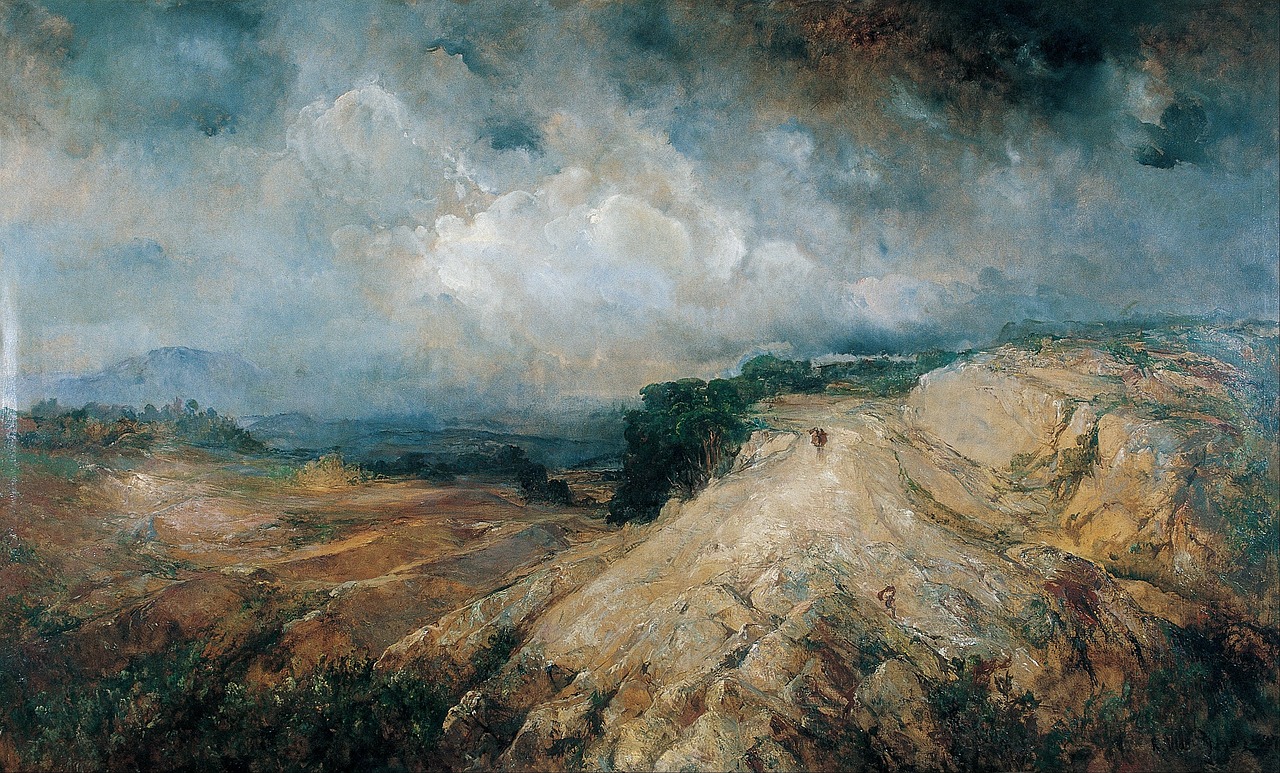
Essential Materials for Impressionist Painting
When it comes to painting in the style of the Impressionists, having the right materials is absolutely crucial. Think of your tools as the magic wand that helps you bring your artistic vision to life! The Impressionist style is all about capturing fleeting moments of light and color, so your materials should be capable of facilitating that. Let’s dive into the essential items you’ll need to create your own masterpiece.
First and foremost, the choice of paint is pivotal. While many Impressionists favored oil paints for their rich texture and blending capabilities, watercolor paints can also be used to achieve that light, airy feel. High-quality paints will provide better pigmentation and vibrancy, allowing you to capture the essence of your subject. Here’s a quick comparison of the two:
| Type of Paint | Pros | Cons |
|---|---|---|
| Oil Paints |
|
|
| Watercolors |
|
|
Next up, let’s talk about your color palette. Impressionists often employed a limited yet vibrant color palette to evoke emotion and capture light. Think about including primary colors and a few secondary ones that can be mixed to create various shades. The beauty of Impressionism lies in its spontaneity, so don’t be afraid to experiment with unexpected color combinations!
Brushes are another essential component. The type of brush you use can significantly influence the texture and style of your painting. For Impressionist works, consider using:
- Flat Brushes: Great for bold strokes and creating texture.
- Round Brushes: Perfect for detailed work and soft edges.
- Fan Brushes: Excellent for creating foliage and other natural textures.
Each brush type contributes to the signature look of Impressionist paintings, so it’s worth investing in a variety of them. Additionally, the way you apply paint can vary from short, quick strokes to longer, sweeping motions, all of which can affect the overall feel of your work.
Lastly, don’t overlook the importance of a well-prepared canvas. The surface can greatly affect how paint adheres and appears. Many Impressionists preferred to work on stretched canvases or canvas boards, as these surfaces can help to achieve the desired texture. Opt for a medium to rough texture to allow for better paint application and blending.
In summary, gathering the right materials is the first step towards creating a stunning Impressionist painting. Think of these tools as your companions on this artistic journey, each playing a vital role in helping you express the beauty of light, color, and movement. Now, let’s get you set up to create your own Impressionist masterpiece!
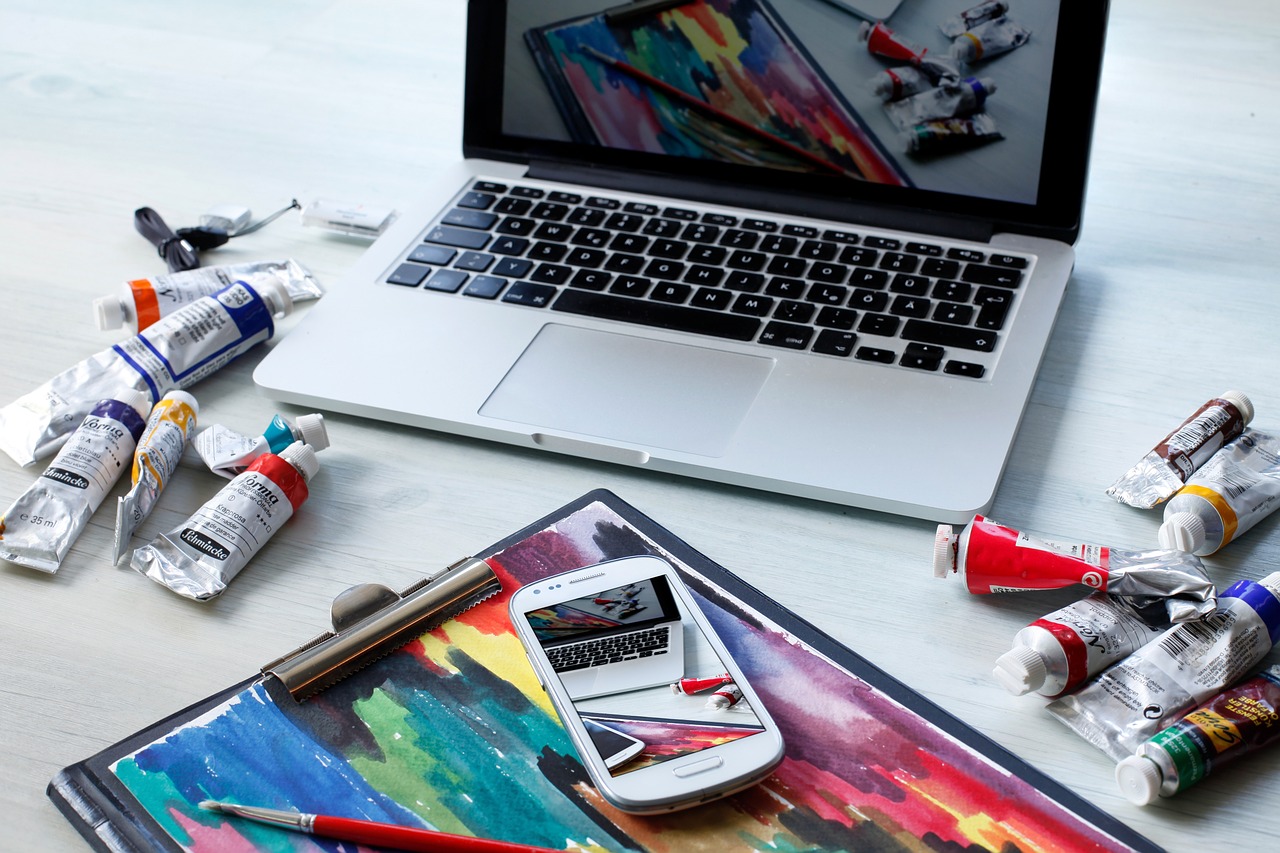
Choosing the Right Paints
When it comes to painting in the style of the Impressionists, choosing the right paints is absolutely crucial. The quality and type of paint you use can make a significant difference in the vibrancy and texture of your artwork. Impressionist painters often favored oil paints for their rich colors and versatility, but watercolors can also be a fantastic choice, especially for capturing the fleeting effects of light. Each medium has its own unique characteristics, and understanding these can help you decide which is best for your artistic vision.
Oil paints, for instance, allow for a longer drying time, which gives you the flexibility to blend colors on the canvas. This can be particularly useful when trying to replicate the soft transitions of light and shadow that are hallmark features of Impressionism. On the other hand, watercolors dry quickly, which can be advantageous for capturing the spontaneous moments of nature, but they require a different technique to achieve the same depth of color.
Here’s a quick comparison of the two types of paints:
| Type of Paint | Advantages | Disadvantages |
|---|---|---|
| Oil Paints |
|
|
| Watercolors |
|
|
Ultimately, the choice between oil and watercolor paints depends on your personal preference and the effect you wish to achieve. If you're just starting out, you might want to experiment with both mediums to see which one resonates with you. Remember, the Impressionists were not just about the paint itself; they were about capturing the essence of a moment and the interplay of light and color. So, choose paints that inspire you and allow you to express your artistic voice.
In addition to the type of paint, consider the brand and quality of the paints you select. Professional-grade paints tend to have higher pigment concentrations, which can lead to more vibrant colors and better coverage. While they may come at a higher price, investing in quality paints can elevate your work significantly. So, don’t shy away from splurging a little on those essential colors that will bring your Impressionist visions to life!
In conclusion, whether you opt for oil or watercolor, the key is to find the paints that resonate with your style and allow you to capture the beautiful, ephemeral moments that Impressionism celebrates. Now, let’s dive into the next steps in your Impressionist journey!
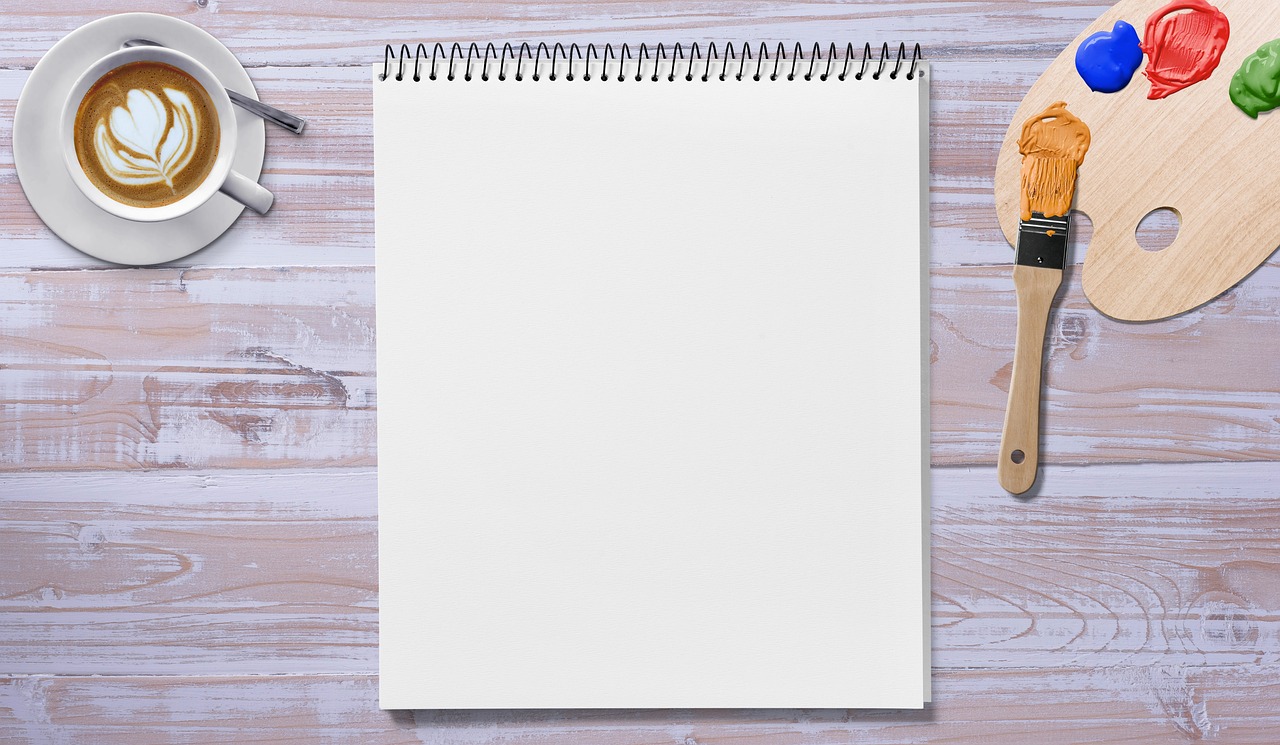
Color Palette Selection
When it comes to painting in the style of Impressionists, your color palette plays a pivotal role in achieving that vibrant, light-filled effect. The Impressionists were known for their innovative use of color, which often deviated from traditional palettes. Instead of relying on a limited selection of colors, they embraced a broader spectrum, allowing for a more dynamic and lively representation of their subjects.
To create an effective color palette, consider incorporating the following types of colors:
- Primary Colors: Red, blue, and yellow serve as the foundation for mixing a wide range of hues.
- Secondary Colors: Mixing primary colors yields secondary colors like green, orange, and purple, which can add depth to your paintings.
- Complementary Colors: These are colors that sit opposite each other on the color wheel, such as blue and orange. Using them together can create stunning contrast and vibrancy.
- Neutral Colors: Whites, blacks, and browns can help tone down vibrant colors and provide balance in your artwork.
One effective approach to selecting your colors is to create a color wheel. This visual guide not only helps you understand how colors relate to one another but also assists in identifying which combinations evoke specific emotions. For instance, warmer colors like reds and yellows can evoke feelings of warmth and energy, while cooler colors like blues and greens can create a sense of calm and tranquility.
Moreover, consider the lighting conditions under which you’ll be painting. Natural light can significantly alter how colors appear. For instance, colors may look different in the morning light compared to the golden hour before sunset. Experiment with your palette under various lighting conditions to see how the hues interact and change. This practice will help you develop a deeper understanding of color dynamics, which is essential for capturing the essence of a moment, just like the Impressionists did.
In summary, an effective color palette is not just about picking pretty colors; it’s about understanding how they work together to create mood and atmosphere. By experimenting with various combinations and observing how light affects your colors, you’ll be well on your way to mastering the Impressionist style. So grab your brushes, mix those colors, and let your creativity flow!
1. What colors should I include in my Impressionist palette?
A good starting point includes primary colors (red, blue, yellow), secondary colors (green, orange, purple), and some neutral tones (white, black, brown). This combination allows for a wide range of mixing possibilities.
2. How can I make my colors more vibrant?
To enhance vibrancy, use pure colors directly from the tube and avoid excessive mixing. Layering and applying colors side by side can also create a dynamic effect that captures light beautifully.
3. Should I use oils or watercolors for Impressionist painting?
Both mediums can be effective for Impressionist techniques. Oils allow for rich blending and texture, while watercolors can create luminous effects. Choose based on your comfort level and desired outcome.
4. How do I know if my color palette is working?
Step back and observe your painting from a distance. If the colors harmonize and evoke the desired emotional response, you’re on the right track! Don’t hesitate to make adjustments as you go.
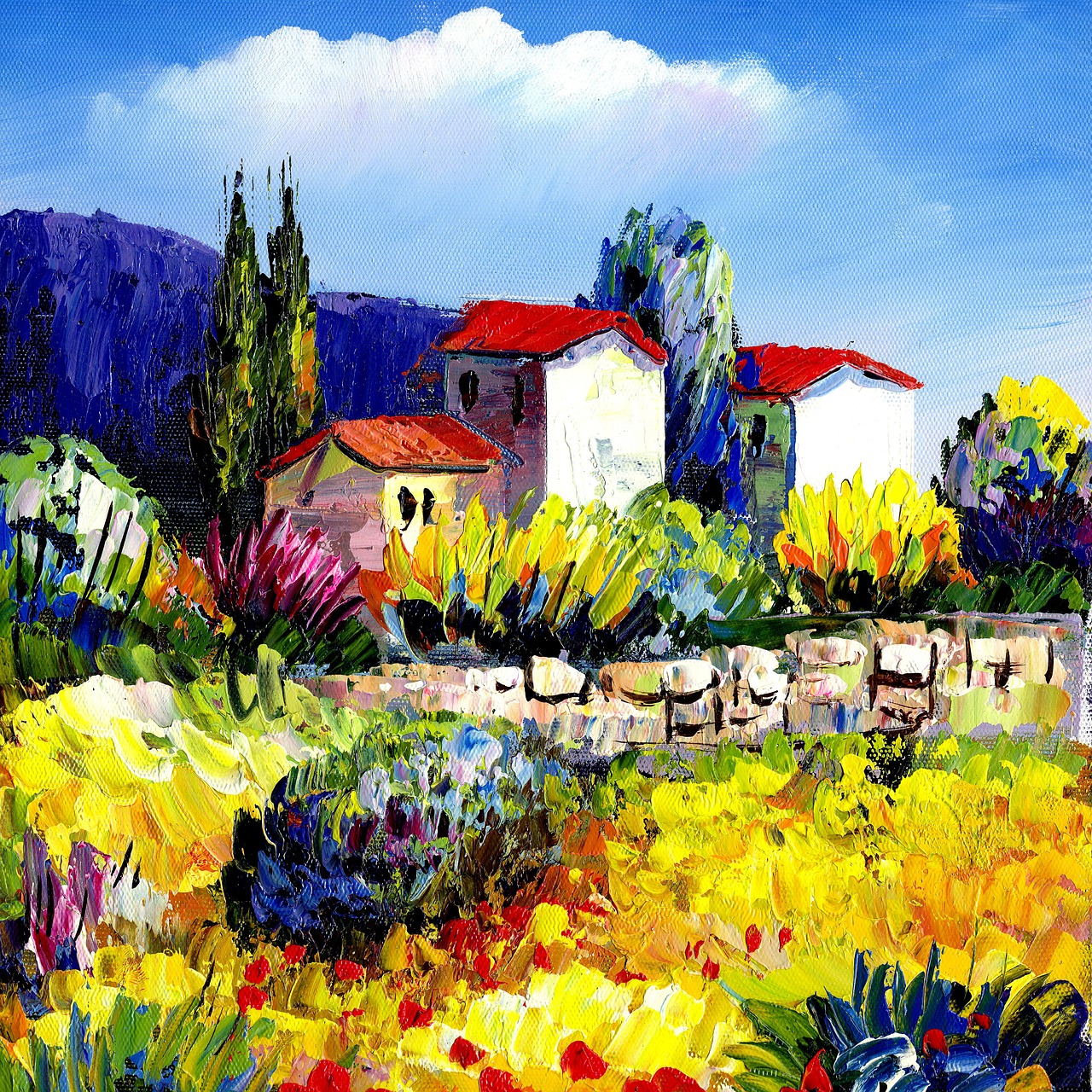
Brush Types and Techniques
When it comes to painting in the style of the Impressionists, the brush types and techniques you choose can make all the difference. The beauty of Impressionism lies in its ability to convey emotion and movement through the energetic application of paint. Thus, selecting the right brushes is crucial for capturing that essence. Various brushes can produce different textures and effects, and understanding these can elevate your artwork to new heights.
First, let’s talk about the types of brushes you might want to consider. Flat brushes are fantastic for creating broad strokes and filling in larger areas quickly, while round brushes are perfect for detail work and adding fine lines. If you're looking to create those characteristic short, staccato strokes, a filbert brush can help you achieve that soft edge that blends well with other colors. Additionally, fan brushes can be used to create texture, especially when painting foliage or water.
Now that you have an idea of the brush types, let’s dive into some techniques that can help you emulate the Impressionist style. One popular method is the broken color technique, where you apply different colors side by side without blending them. This technique allows the viewer's eye to mix the colors optically, creating a vibrant and dynamic effect. Another technique is using short, quick strokes to capture the fleeting nature of light and movement. Think of how a breeze rustles leaves or how shadows dance on a sidewalk; your brushwork should mimic that transience.
It’s also important to experiment with layering and blending. While Impressionists often favored layering colors to create depth, knowing when to blend can also enhance your work. For instance, you might layer a base color and then use a dry brush technique to softly blend the edges, allowing for a smooth transition that mimics the soft glow of light. Conversely, you can apply colors wet-on-wet to create a more fluid and spontaneous feel, reminiscent of a moment captured in time.
To help visualize these techniques, consider the following table that summarizes the brush types and their corresponding effects:
| Brush Type | Effect |
|---|---|
| Flat Brush | Broad strokes, filling large areas |
| Round Brush | Detail work, fine lines |
| Filbert Brush | Soft edges, blending |
| Fan Brush | Texture, especially for foliage |
In conclusion, mastering the brush types and techniques specific to Impressionism will not only enhance your skills but also deepen your understanding of this beautiful art form. So, grab your brushes, experiment with your strokes, and let the vibrant world of Impressionism unfold on your canvas!
- What type of paint should I use for Impressionist painting? Oil paints are traditionally favored, but acrylics and watercolors can also work well.
- How can I achieve the best lighting for my painting? Natural light is ideal, so try painting outdoors or near a window during the day.
- Do I need to follow specific color rules? While it's helpful to understand color theory, Impressionism allows for personal expression, so feel free to experiment!
- How important is my workspace setup? A well-organized and inspiring workspace can significantly enhance your creativity and focus.
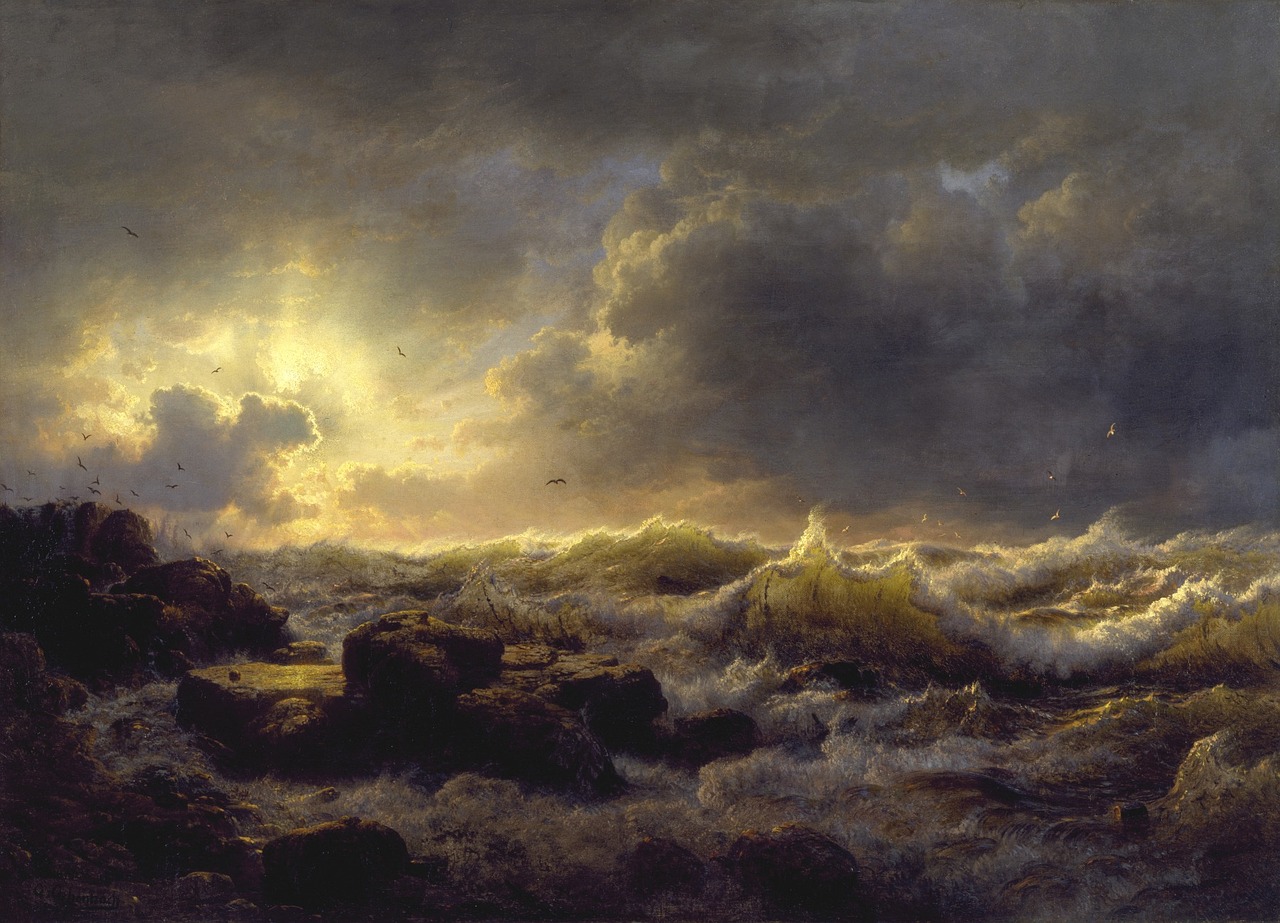
Setting Up Your Workspace
Creating the perfect workspace is crucial for anyone looking to dive into the vibrant world of Impressionist painting. Imagine stepping into a cozy, sunlit studio that feels like a sanctuary for your creativity. The first step is to find a space that inspires you, whether it’s a corner of your living room or a dedicated art studio. You want an area that is not only comfortable but also filled with natural light. After all, light is the lifeblood of Impressionism!
When setting up your workspace, consider the following elements:
- Lighting: Natural light is your best friend. Position your easel near a window to take advantage of changing light throughout the day. If natural light is limited, invest in soft white LED lights that mimic daylight.
- Organization: Keep your materials organized and easily accessible. Use shelves, drawers, or rolling carts to store paints, brushes, and canvases. A clutter-free space allows for a clutter-free mind.
- Comfort: Choose a comfortable chair and ensure your easel is at the right height. You might be standing for long periods, so a supportive mat can also help reduce fatigue.
Next, consider the arrangement of your materials. Lay out your paints in a way that allows you to see all your colors at a glance. You might even want to create a color wheel to help you visualize the relationships between colors. Having a palette that is easy to access will encourage you to experiment with mixing and layering colors, a technique that is essential in Impressionism.
Don’t forget about the atmosphere of your workspace. Surround yourself with inspiring artwork, whether it’s pieces by famous Impressionists or your own past works. Play some soft music or nature sounds to help you get into the right mindset. Remember, your workspace should feel like a reflection of you, a place where you can lose track of time as you immerse yourself in your art.
Finally, take a moment to step back and assess your setup. Is it comfortable? Does it inspire you? A well-thought-out workspace can significantly enhance your painting experience, allowing you to focus on capturing those fleeting moments of light and color that define Impressionist art.
Q: What is the best type of easel for Impressionist painting?
A: A sturdy, adjustable easel is ideal. Look for one that can hold various canvas sizes and can be adjusted for both standing and sitting positions.
Q: How can I incorporate more natural light into my workspace?
A: If possible, position your easel near a window. You can also use mirrors to reflect light into darker areas of your studio.
Q: What should I do if I can’t find a dedicated art space?
A: Don’t worry! You can create a temporary workspace anywhere, even on a dining table. Just make sure to cover the surface to protect it from paint and to have a comfortable chair.
Q: How can I stay organized while painting?
A: Use trays or containers to keep your brushes, paints, and tools organized. Clean your workspace after each session to maintain a clutter-free environment.

Mastering Light and Color
When it comes to Impressionism, light and color are not just components; they are the very essence of the artwork. The Impressionists were revolutionary in their approach to these elements, breaking away from traditional methods to capture fleeting moments in time. Imagine standing in a sunlit field, the colors dancing before your eyes, and the shadows shifting with the sun’s journey across the sky. This is the feeling that Impressionists aimed to convey through their art. To master light and color, you must first learn to observe how they interact with your subjects in real life.
One of the most fascinating aspects of light is its ability to transform colors. The same shade can appear different depending on the time of day, the weather, and even the angle of your view. For instance, a vibrant blue sky at midday can take on a softer, pastel hue during sunset. To effectively capture this in your paintings, consider the following techniques:
- Observe the Environment: Spend time outdoors, watching how light changes throughout the day. Take notes or create quick sketches to capture these changes.
- Use Color Temperature: Understanding warm and cool colors can help you create depth and dimension. Warm colors (reds, oranges) tend to come forward, while cool colors (blues, greens) recede.
- Experiment with Shadows: Shadows are not just dark spots; they are filled with color and light. Use varying shades to convey the complex interplay between light and shadow.
Color theory plays a pivotal role in Impressionist painting. The Impressionists often employed a technique called optical mixing, where they placed pure colors side by side instead of mixing them on a palette. This method allows the viewer’s eye to blend the colors from a distance, creating a vibrant and dynamic effect. For example, instead of painting a tree trunk brown, an Impressionist might use a combination of deep greens, yellows, and even hints of purple to convey the richness of the bark.
To further enhance your understanding of color and light, consider creating a color wheel that includes:
| Color | Warm/Cool | Emotion |
|---|---|---|
| Red | Warm | Passion |
| Blue | Cool | Calm |
| Yellow | Warm | Happiness |
| Green | Cool | Nature |
By understanding these principles, you can create a more harmonious composition in your paintings. Additionally, don’t shy away from being bold with your color choices. The beauty of Impressionism lies in its ability to evoke emotion and capture the viewer's imagination. Allow yourself to experiment and embrace the unexpected!
As you paint, remember that the goal is not to replicate reality but to express your unique perspective on it. So, the next time you set up your canvas, take a moment to truly observe the light and color around you. What stories do they tell? How do they make you feel? By immersing yourself in the environment, you will be better equipped to translate that experience onto your canvas, creating a piece that resonates with both you and your audience.
Q: What is the best time of day to paint outdoors for capturing light?
A: Early morning and late afternoon are ideal times, as the light is softer and creates longer shadows, enhancing the colors.
Q: How can I improve my understanding of color theory?
A: Experiment with mixing colors, creating color wheels, and studying the works of famous Impressionists to see how they applied color theory in their art.
Q: Is it necessary to use expensive paints for Impressionist painting?
A: While high-quality paints can yield better results, it’s more important to focus on technique and observation. You can achieve great effects with mid-range paints as well.
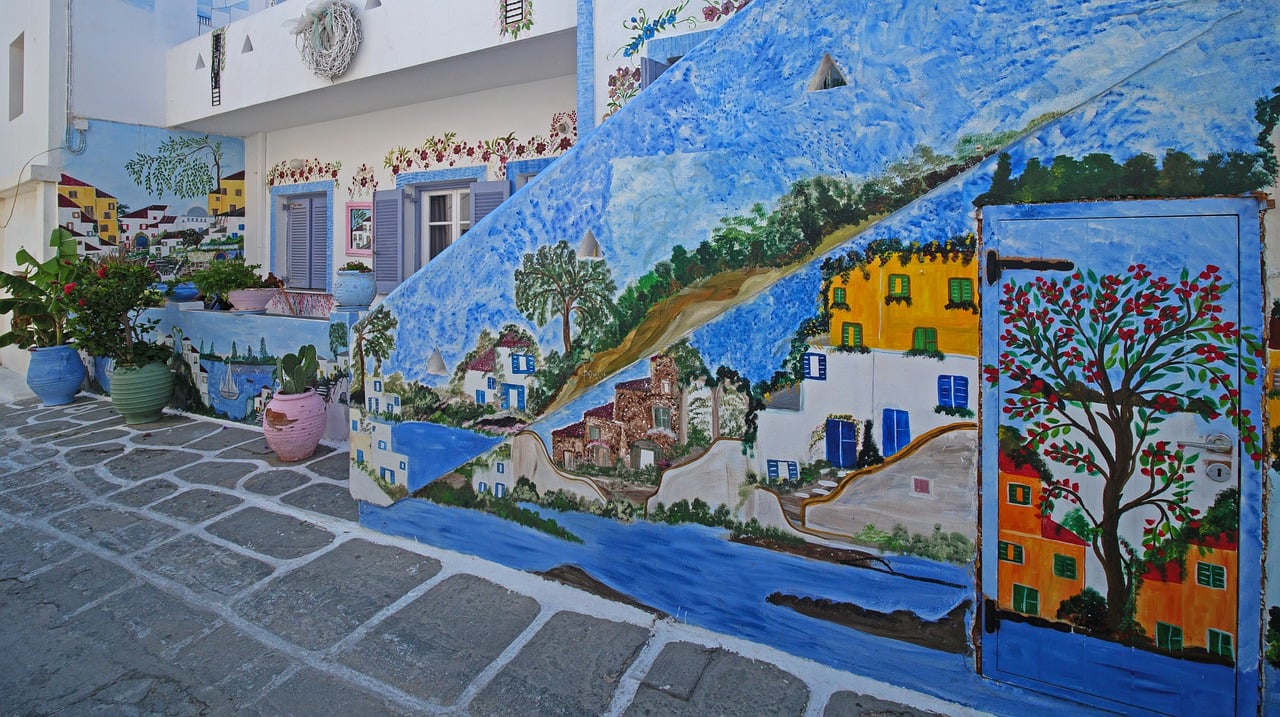
Capturing Natural Light
When it comes to painting in the style of the Impressionists, one of the most crucial elements to master is the ability to capture natural light. This isn't just about slapping on some color; it's about understanding how light interacts with the world around us. Think of light as a living entity, constantly shifting and changing, influencing how we perceive colors and shapes. The Impressionists were pioneers in this field, often painting en plein air, or outdoors, to directly observe the play of light on their subjects. So, how do you get started?
First and foremost, you need to train your eye to notice the subtle variations in light. This means taking the time to observe your surroundings at different times of the day. Morning light is soft and warm, while midday sun can be harsh and bright. The golden hour, just before sunset, bathes everything in a magical glow. Make it a habit to carry a sketchbook and jot down your observations. You might even consider creating a light journal where you document your findings. Here’s a simple way to structure it:
| Time of Day | Lighting Conditions | Color Observations |
|---|---|---|
| Morning | Soft, warm light | Yellows, soft oranges |
| Midday | Bright, harsh light | Bright whites, strong contrasts |
| Golden Hour | Warm, glowing light | Rich golds, deep shadows |
Next, consider the direction of light. The way light falls on an object can dramatically alter its appearance. For instance, side lighting can create striking shadows and highlights, while backlighting can give your subjects an ethereal quality. To practice this, set up a simple still life in your studio. Use a single light source, like a lamp or natural light from a window, and observe how it transforms your subject. Take note of the colors and shapes that emerge as the light shifts.
Another essential aspect of capturing natural light is understanding the concept of reflected light. This is the light that bounces off surfaces and can influence the colors you see. For example, if you’re painting a landscape with a blue sky, the grass below may take on a cooler hue due to the reflection of the sky. Pay attention to these subtle shifts, as they can add depth and realism to your work.
Lastly, don’t forget about the importance of atmosphere. Weather conditions can also affect how light is perceived. A cloudy day will diffuse light, creating a softer, more muted palette, while a sunny day will result in vibrant, saturated colors. Experiment with different weather conditions and see how they influence your color choices and overall composition.
In summary, capturing natural light is not just a technical skill; it’s an art form that requires keen observation and practice. By studying light in your environment, experimenting with different setups, and understanding how it interacts with color and form, you can create paintings that truly resonate with the essence of Impressionism. So grab your brushes, head outside, and let the light guide your creative journey!
- What is the best time of day to paint outdoors? The golden hour, just before sunset, is often considered the best time due to its warm and flattering light.
- How do I choose a subject for my Impressionist painting? Look for scenes that inspire you, whether they are landscapes, urban settings, or everyday life. Focus on how light interacts with your subject.
- Can I use photographs to capture light? Yes, but try to use them as a reference rather than a strict guide. Nothing compares to observing light in real-time.
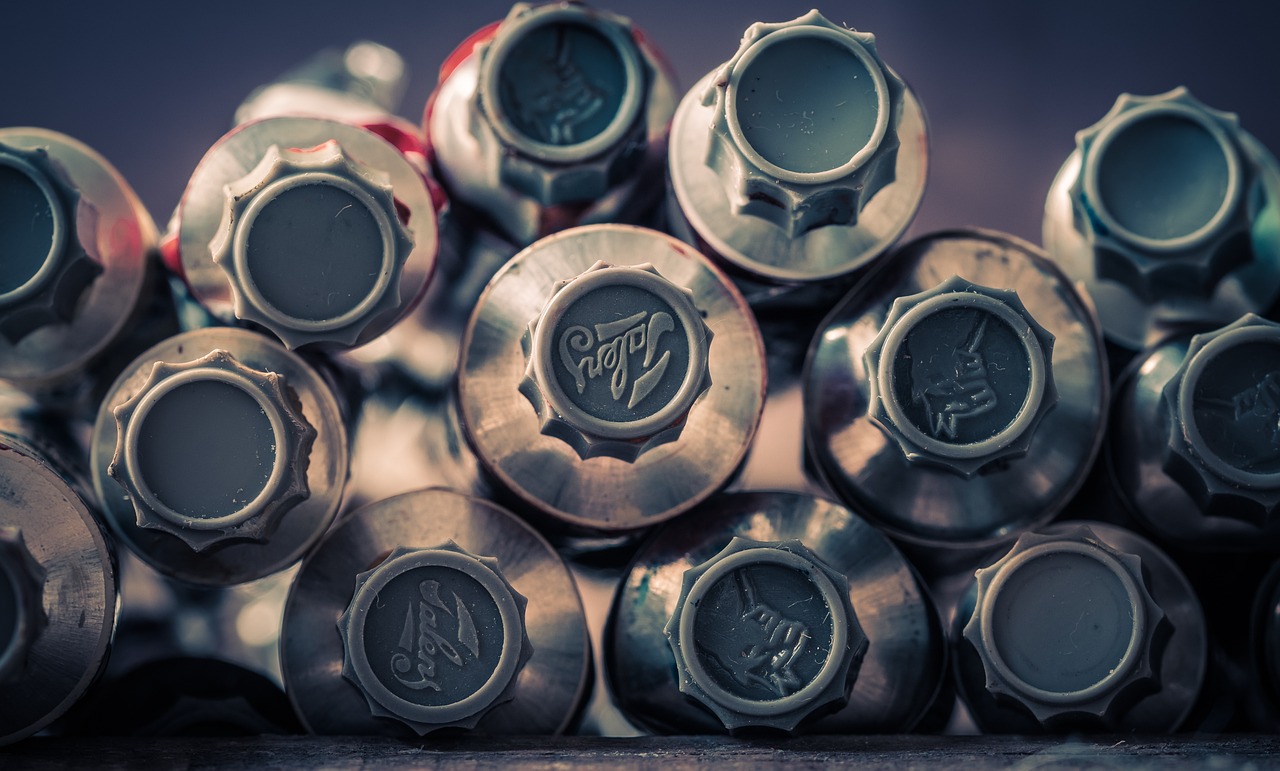
Color Theory in Impressionism
Color theory plays a pivotal role in the world of Impressionist painting. The Impressionists were not just concerned with the literal representation of colors; they sought to evoke emotion and capture the essence of a moment through their use of color. By understanding how colors interact with one another, artists can create a sense of harmony and vibrancy in their work. This is where the magic happens—when you blend colors, you can produce stunning effects that breathe life into your canvas.
One of the key principles of color theory is the concept of complementary colors. These are colors that sit opposite each other on the color wheel, such as blue and orange or red and green. When placed next to each other, complementary colors can create a striking contrast that makes each hue appear more vibrant. For Impressionists, this technique was essential in portraying the dynamic quality of light. Imagine a sunset where the warm oranges and reds are juxtaposed against the cool blues of the sky—it’s this interplay that creates a breathtaking visual experience.
Another important aspect of color theory in Impressionism is the use of color temperature. Colors can be categorized as warm or cool, and this classification can significantly affect the mood of a painting. Warm colors, like yellows and reds, can evoke feelings of warmth and happiness, while cool colors, such as blues and greens, can convey calmness and tranquility. By strategically mixing these temperatures, artists can guide the viewer's emotional response to their work. For instance, a painting depicting a sunlit meadow might incorporate warm yellows and greens to evoke a sense of joy, while a twilight scene might rely on cooler blues to create a sense of serenity.
To better understand how to apply these principles, let's take a look at a simple color wheel:
| Primary Colors | Secondary Colors | Tertiary Colors |
|---|---|---|
| Red | Green (Red + Yellow) | Red-Orange (Red + Orange) |
| Blue | Orange (Red + Yellow) | Yellow-Orange (Yellow + Orange) |
| Yellow | Purple (Red + Blue) | Blue-Green (Blue + Green) |
In addition to these techniques, Impressionists often utilized the concept of optical mixing. This is the phenomenon where colors placed side by side blend in the viewer's eye rather than on the palette. For example, instead of mixing green paint with blue to create a teal, an Impressionist might place green and blue strokes next to each other. From a distance, the eye perceives them as a single color. This technique not only adds vibrancy but also captures the fleeting quality of light, a hallmark of Impressionism.
Ultimately, mastering color theory is about experimentation and personal expression. Don’t be afraid to play with different combinations and placements of colors to see what resonates with you. Remember, each stroke of paint is a step toward capturing the beauty of the world as you see it. So grab your brushes, embrace the chaos of color, and let your inner Impressionist shine!
- What is the significance of color in Impressionism? Color is essential in Impressionism as it helps convey emotion and captures the essence of light and movement.
- How do complementary colors work? Complementary colors enhance each other's vibrancy when placed next to each other, creating striking contrasts in artwork.
- What is optical mixing? Optical mixing occurs when colors are placed side by side, blending in the viewer's eye rather than on the palette, creating a vibrant effect.
- Can I use acrylics for Impressionist painting? Yes, while oils are traditional, acrylics can also be used effectively to achieve the Impressionist style.
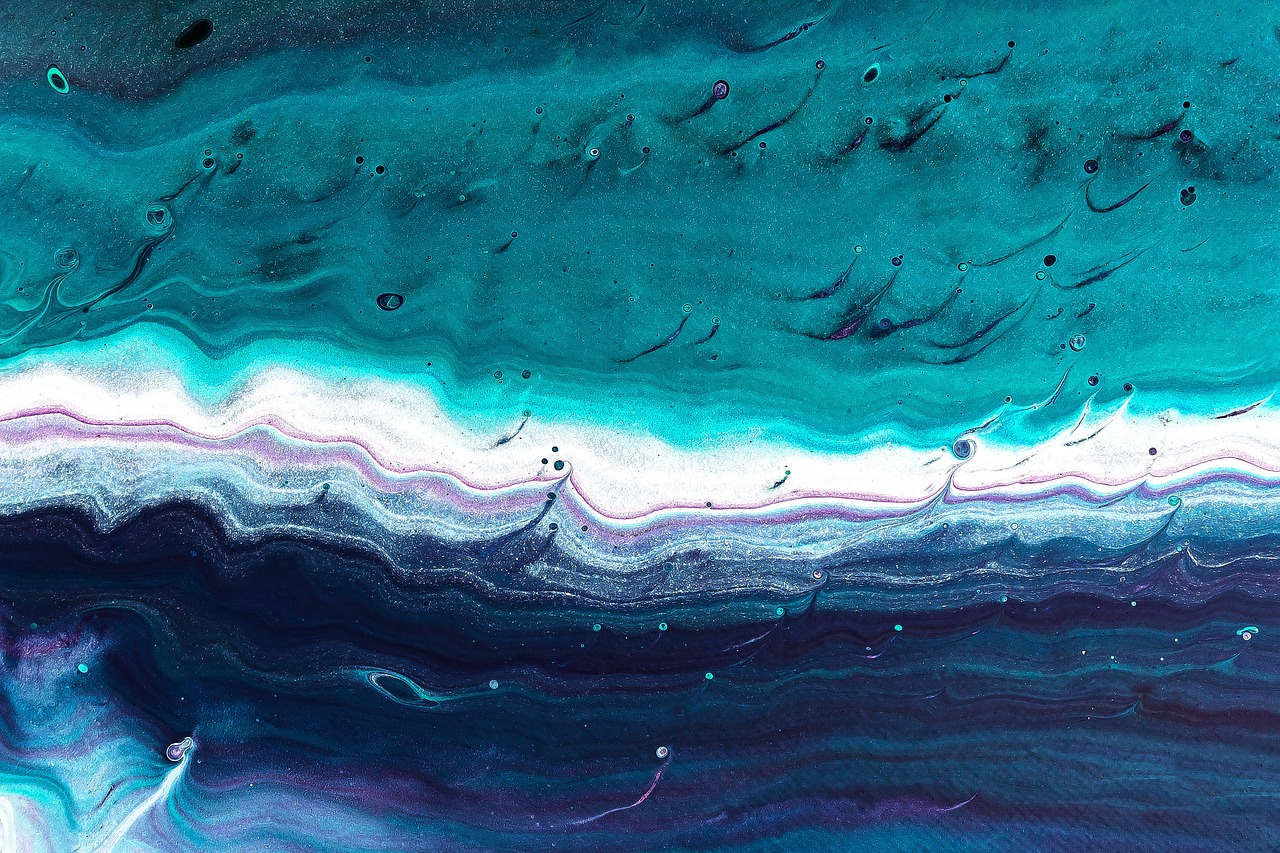
Brushwork Techniques
When it comes to painting in the style of the Impressionists, play a pivotal role in achieving that signature look. The way you apply paint to your canvas can evoke a sense of movement and life that is characteristic of this art movement. One of the most notable features of Impressionist brushwork is the use of short, quick strokes. These strokes can create a dynamic energy in your artwork, giving it a sense of immediacy. Imagine capturing a fleeting moment, like the rustle of leaves in the wind or the sparkle of sunlight on water; this is the magic of Impressionist brushwork.
Another important aspect to consider is the choice between blending and layering your colors. Blending can produce smooth transitions between colors, which is useful for depicting soft, atmospheric effects such as a hazy sunset. On the other hand, layering allows for a more textured and vibrant appearance, as each stroke builds upon the last. Understanding when to use each technique is crucial for creating the depth and richness that defines Impressionist art.
To help you visualize these techniques, let’s break down the two main brushwork styles:
| Technique | Description | Best Used For |
|---|---|---|
| Short, Staccato Strokes | Quick, short strokes that create a sense of movement. | Capturing dynamic scenes, like bustling city life or swaying trees. |
| Blending | Softly merging colors for smooth transitions. | Creating atmospheric effects, such as skies or water reflections. |
| Layering | Building up paint in layers for texture and vibrancy. | Adding depth to landscapes and complex subjects. |
As you experiment with these techniques, remember that practice is essential. Grab your brushes and canvas, and don’t be afraid to make bold choices! The beauty of Impressionism lies in its freedom of expression. Each stroke tells a story, so let your emotions guide your hand. Whether you’re painting a serene landscape or a lively urban scene, the key is to embrace the spontaneity that Impressionists cherished.
In conclusion, mastering brushwork techniques is fundamental to painting like the Impressionists. By incorporating short strokes, understanding blending versus layering, and allowing yourself to be expressive, you’ll be well on your way to creating vibrant and captivating works of art. Now, let’s move on to explore the subjects that can inspire your next masterpiece.
- What materials do I need to start painting in the Impressionist style?
You'll need high-quality paints (like oils or watercolors), a variety of brushes, and a suitable canvas. Don't forget a palette for mixing colors! - Can I use acrylic paints for Impressionist techniques?
Absolutely! Acrylics can work well, but you'll need to adjust your techniques slightly since they dry faster than oils. - How do I choose the right colors for my palette?
Focus on vibrant colors that reflect light. Consider using a limited palette to create harmony in your work. - Is it necessary to paint outdoors to achieve an Impressionist effect?
While painting en plein air (outdoors) is traditional, you can also use photographs or your imagination as references.

Short, Staccato Strokes
When it comes to capturing the essence of a moment in your paintings, are your best friends. This technique is all about creating a sense of movement and energy, much like the rapid beats of a drum. Imagine standing on a bustling street, watching the world whiz by; that fleeting moment can be encapsulated on your canvas through these dynamic brushstrokes. Instead of long, sweeping motions that might convey calmness or stillness, staccato strokes inject life and vibrancy into your artwork.
To master this technique, start by holding your brush lightly, almost like a pencil, and let your wrist do the work. Rather than dragging the brush across the canvas, think of it as a series of quick taps or dabs. This method not only adds texture but also mimics the way light dances across surfaces. For instance, when painting a sunlit landscape, you can use short strokes to depict the shimmering reflections on water or the flickering shadows of leaves.
Here are some tips to help you effectively incorporate short, staccato strokes into your Impressionist paintings:
- Experiment with Brush Pressure: Varying the pressure you apply can create different effects. A light touch produces a softer look, while a firmer grip can yield more pronounced strokes.
- Use a Variety of Colors: Layering colors with quick strokes can create depth. Try using complementary colors side by side to enhance vibrancy.
- Practice on Different Surfaces: Experimenting with various canvases or papers can yield diverse results. Each surface interacts differently with the paint.
As you practice, consider the emotion you want to convey in your artwork. Are you aiming for a sense of joy and excitement? Then let those strokes be lively and spontaneous! Alternatively, if you want to evoke a more tranquil atmosphere, you might choose to soften your approach slightly while still keeping the strokes short. Remember, the beauty of Impressionism lies in its ability to communicate feelings through the interplay of color and light, and your brushwork is a crucial part of that dialogue.
In summary, mastering short, staccato strokes can dramatically enhance your Impressionist paintings. By embracing this technique, you not only capture the essence of your subject but also invite viewers to experience the world through your eyes. So grab your brushes and let the rhythm of your strokes bring your canvas to life!
1. What are short, staccato strokes in painting?
Short, staccato strokes are quick, short brush movements that create a sense of movement and energy in a painting. They are often used in Impressionist art to depict light and texture effectively.
2. How can I practice short, staccato strokes?
You can practice by holding your brush lightly and using quick, tapping motions on your canvas. Experiment with different pressures and colors to see how they affect your strokes.
3. What types of subjects work best with this technique?
Short, staccato strokes are particularly effective for capturing dynamic scenes, such as bustling cityscapes, flowing water, or the play of light in a landscape.
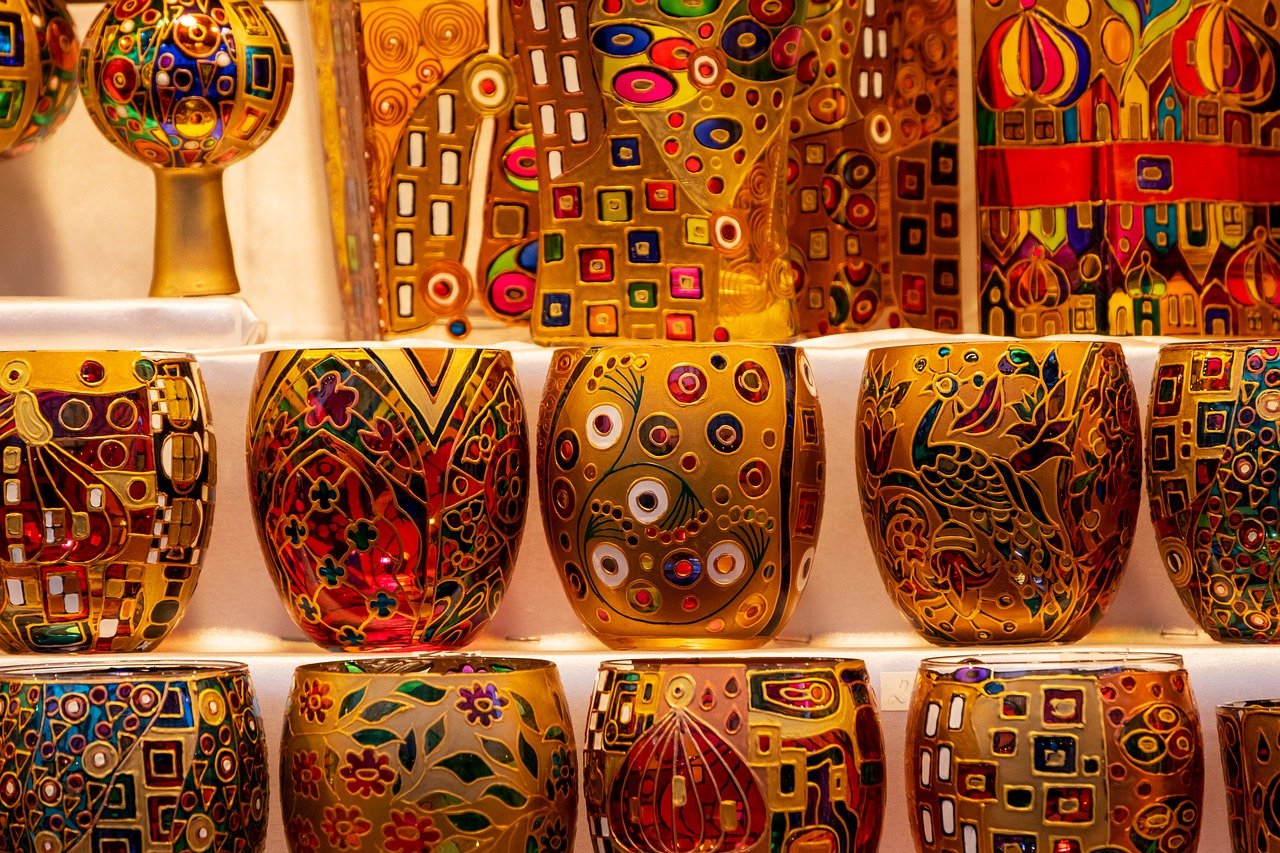
Blending vs. Layering
When it comes to achieving that signature Impressionist look, understanding the difference between blending and layering is crucial. Both techniques are essential in creating depth and texture in your paintings, but they serve different purposes and elicit different visual effects. Think of blending as a smooth dance, where colors meld into one another, creating soft transitions, while layering is more like building a sturdy wall, where each stroke adds to the structure and vibrancy of the piece.
Blending involves mixing colors on your canvas or palette, allowing them to merge seamlessly. This technique is particularly effective for creating soft edges and atmospheric effects, which are hallmarks of Impressionist paintings. For example, when painting a sunset, you might blend yellows, oranges, and reds to create a glowing sky. The key here is to work quickly, as the paint should still be wet to achieve that fluidity.
On the other hand, layering is about applying paint in distinct strokes, allowing each layer to dry before adding the next. This method builds texture and can create a more vibrant appearance, as the underlying colors can shine through. Imagine painting a field of flowers; by layering different colors for each bloom, you can achieve a rich tapestry of hues that pop against one another. The layering technique allows for greater control over the final outcome, as you can adjust the opacity and intensity of colors.
Here’s a quick comparison of the two techniques:
| Technique | Purpose | Effect |
|---|---|---|
| Blending | To create smooth transitions and soft edges | Atmospheric, ethereal quality |
| Layering | To build texture and depth | Vibrant, dynamic appearance |
It's not uncommon for artists to use a combination of both techniques in a single painting. For instance, you might start with layering to establish the main forms and then switch to blending for details like the sky or water reflections. This approach not only adds complexity to your work but also allows you to experiment and find your unique style.
Ultimately, the choice between blending and layering depends on the effect you wish to achieve and your personal preferences as an artist. So grab your brushes, and don't be afraid to mix things up! After all, the beauty of Impressionism lies in its spontaneity and the freedom to express the world around you in your own way.
- What is the best medium for blending and layering? Oil paints are often preferred for their slow drying time, allowing for effective blending. Acrylics can also be used, but they dry quickly, which may require more planning.
- Can I use both techniques in the same painting? Absolutely! Mixing blending and layering can enhance the depth and texture of your artwork.
- How do I know when to blend or layer? Consider the effect you want to achieve. If you’re aiming for soft transitions, blend. If you want vibrant colors and texture, layer.

Finding Your Subject Matter
When it comes to painting in the style of Impressionists, one of the most exciting aspects is discovering your subject matter. Impressionism thrives on the beauty of everyday life, and this art form encourages you to look around and find inspiration in the world that surrounds you. Think about your daily routine and the scenes that unfold before you. Whether it’s the quiet beauty of a garden, the hustle and bustle of a city street, or even the simple act of people enjoying a sunny day in the park, the possibilities are endless.
Impressionists often drew inspiration from their immediate environment, which means you don’t need to travel far to find captivating subjects. Here are a few ideas to get your creative juices flowing:
- Landscapes and Nature: Nature is a classic choice for Impressionist paintings. Take a stroll through a local park or garden and observe how light interacts with leaves, flowers, and water. Capture the essence of a moment, whether it’s the soft glow of a sunset or the vibrant colors of spring blooms.
- Urban Scenes: The vibrancy of city life offers a wealth of inspiration. Look for bustling cafes, busy streets, or serene moments in urban parks. These scenes can be rich with color and movement, making them perfect for capturing the fleeting moments that Impressionists cherished.
- Everyday Life: Don’t overlook the charm of daily activities. Painting people engaged in simple tasks—like reading a book, chatting with friends, or enjoying a meal—can evoke strong emotions and tell a story. These moments are relatable and can resonate deeply with viewers.
As you explore these subjects, remember that the goal is to express your personal vision. Don't hesitate to experiment with different angles, compositions, and lighting conditions. The beauty of Impressionism lies in its ability to evoke feelings and sensations rather than provide a detailed representation of reality. So, grab your brush and start capturing the world as you see it, full of light, color, and life!
Q: What are the best subjects for Impressionist painting?
A: Impressionists often focus on landscapes, urban scenes, and everyday life. Look for moments that catch your eye and evoke emotion.
Q: How can I find inspiration for my paintings?
A: Inspiration can come from your surroundings. Take walks, visit parks, or observe people in cafes. Keep your eyes open for beautiful light and color combinations.
Q: Is it necessary to paint outdoors to achieve an Impressionist style?
A: While many Impressionists painted en plein air (outdoors), you can also work from photographs or your imagination. The key is to capture the essence of light and movement.

Landscapes and Nature
When it comes to painting in the style of the Impressionists, are often at the heart of this vibrant artistic movement. The Impressionists had a profound love for the natural world, and they sought to capture its fleeting beauty with their unique techniques. Imagine standing in a sunlit meadow, the gentle breeze rustling through the grass, and the colors of the flowers dancing in the light. This is the essence of what you want to convey in your paintings.
To truly embrace the Impressionist style, it's essential to immerse yourself in your surroundings. Spend time outdoors, observing how light interacts with various elements of nature. Notice how the colors shift throughout the day—how the morning light casts a soft glow, while the midday sun brings out vibrant hues, and the evening light creates a warm, golden ambiance. By studying these changes, you can learn to replicate them in your artwork, bringing your landscapes to life.
One of the best ways to approach painting landscapes is to focus on composition. Think about the elements you want to include in your piece. Are you drawn to a serene lake, majestic mountains, or a bustling field of wildflowers? Consider the following aspects when planning your composition:
- Foreground, Middle Ground, and Background: Create depth in your painting by layering these elements. The foreground should be detailed, while the background can be softer and less defined.
- Leading Lines: Use natural lines, like paths or rivers, to guide the viewer's eye through your painting.
- Balance: Ensure that your composition feels harmonious. This can be achieved by distributing colors and shapes evenly throughout the piece.
As you begin to paint, remember that the Impressionists often embraced a spontaneous and expressive approach. Don't be afraid to let your brushstrokes reflect your emotions. Use short, quick strokes for grass or leaves, and broader strokes for skies or water. This technique not only captures the essence of the scene but also adds a dynamic quality to your work. Think of your brush as an extension of your feelings, and let it dance across the canvas.
Additionally, the choice of colors plays a crucial role in conveying the beauty of landscapes. The Impressionists often used a technique called color juxtaposition, where they placed complementary colors side by side to create vibrancy and movement. For instance, imagine a field of sunflowers against a deep blue sky. The contrast between the bright yellows and rich blues can evoke strong emotions and draw the viewer in.
Finally, while painting landscapes, it's essential to embrace the impermanence of nature. Just as a sunset fades from vibrant oranges to soft pinks, your painting should reflect the transient beauty of the moment. Allow yourself to capture what you see and feel, rather than striving for perfection. Remember, the goal of Impressionism is to evoke a feeling or a memory, rather than a photographic representation.
Q: What are some good subjects for landscape painting?
A: Good subjects include mountains, lakes, forests, gardens, and fields. Look for scenes that resonate with you personally.
Q: How can I improve my observation skills for painting?
A: Spend time outdoors sketching or taking photographs. Practice focusing on how light and color change throughout the day.
Q: What is the best time of day to paint landscapes?
A: The golden hour, shortly after sunrise or before sunset, provides beautiful lighting that can enhance your painting.
Q: Do I need special brushes for Impressionist painting?
A: While any brushes can work, using a variety of brush types can help you achieve different textures and effects characteristic of Impressionism.
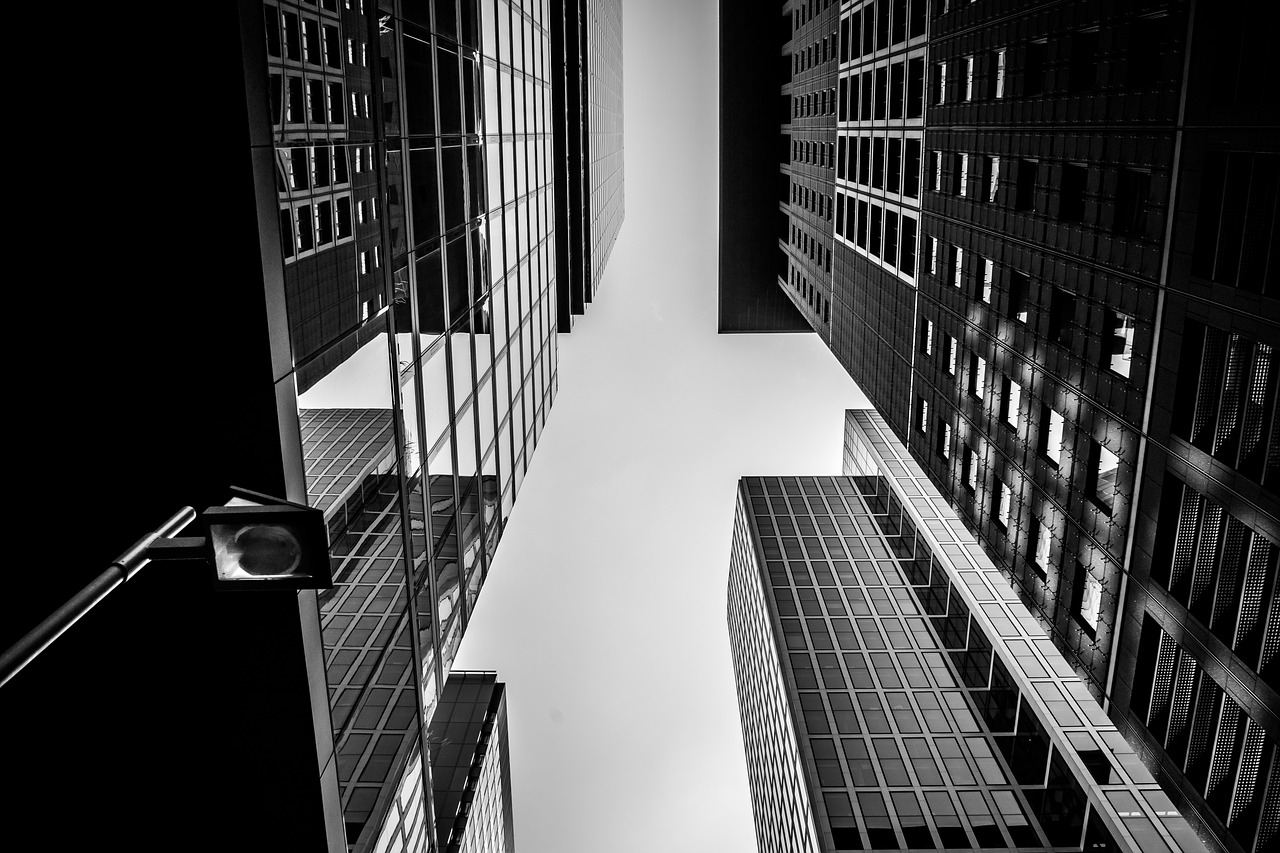
Urban Scenes and Everyday Life
When you think of Impressionist art, your mind might drift to serene landscapes or tranquil gardens, but let’s not forget the vibrant pulse of urban life that these artists captured with such flair. Urban scenes are a treasure trove of inspiration, offering a dynamic backdrop that reflects the hustle and bustle of daily life. Imagine the energy of a crowded street, the play of shadows cast by towering buildings, and the fleeting expressions of people as they go about their day. These moments, often overlooked, are what make urban Impressionism so captivating.
To get started with painting urban scenes, it's essential to embrace the chaos and movement that defines city life. Look for interesting compositions that tell a story. Whether it’s a busy café on a sunlit corner or a rainy day on a bustling sidewalk, the key is to capture the essence of the moment. Don’t shy away from including figures in your paintings; they add life and context to your work. You might consider using the following elements to enhance your urban paintings:
- Dynamic Perspectives: Experiment with different angles and viewpoints. A low angle can exaggerate the height of buildings, while a bird's eye view can showcase the intricate layout of streets.
- Vibrant Colors: Urban scenes are filled with a spectrum of colors. From the bright hues of storefronts to the muted tones of brick and concrete, let your palette reflect the vibrancy of city life.
- Movement and Activity: Use short, quick brush strokes to convey the hustle and bustle of urban settings. This technique can create a sense of energy and motion, making your painting feel alive.
Another important aspect to consider is the time of day. The quality of light changes dramatically, influencing how colors appear and how shadows are cast. Early mornings bathed in golden sunlight can create a warm, inviting atmosphere, while the cool blues of twilight can evoke a sense of calm and introspection. By observing these shifts, you can enhance the emotional impact of your urban scenes.
As you venture into the world of urban Impressionism, don’t forget to draw inspiration from the great masters of the movement. Artists like Camille Pissarro and Gustave Caillebotte excelled at portraying city life, capturing everything from bustling boulevards to serene moments in parks. Studying their techniques can provide valuable insights into how to approach your own urban compositions.
In conclusion, urban scenes and everyday life present an exciting opportunity for Impressionist painters to explore the beauty and complexity of the world around them. By embracing the vibrancy of city life and experimenting with light, color, and movement, you can create stunning artworks that resonate with viewers and capture the essence of urban living.
Q: What are the best times to paint urban scenes?
A: The best times often depend on the mood you want to convey. Early mornings and late afternoons provide soft, golden light, while mid-day can offer vibrant colors and strong contrasts.
Q: Do I need to include people in my urban paintings?
A: While it's not mandatory, including figures can add context and life to your work. They help tell a story and make the scene more relatable.
Q: What if I’m not comfortable painting urban scenes?
A: Start by practicing with photographs or sketches. Once you feel more confident, try painting en plein air (outdoors) to capture the atmosphere directly.
Frequently Asked Questions
- What is Impressionism?
Impressionism is an art movement that emerged in the late 19th century, focusing on capturing the effects of light and movement in a scene. Artists aimed to depict their immediate perception of a moment rather than creating detailed representations, leading to a more spontaneous and vibrant style.
- What materials do I need to start painting in the Impressionist style?
To create Impressionist art, you will need high-quality paints (like oils or watercolors), a selection of brushes (including flat and round brushes), and canvases. Additionally, a well-lit workspace can help you observe and replicate the nuances of light and color effectively.
- How do I choose the right color palette for Impressionist painting?
Selecting an effective color palette is crucial. Focus on vibrant colors that reflect light and evoke emotions. Consider using complementary colors to create contrast and harmony in your artwork, allowing you to capture the essence of the scene you are painting.
- What brush techniques should I use for an Impressionist effect?
Impressionist painting often involves using short, staccato strokes to create a sense of movement. Experiment with blending and layering techniques to find the right balance for your artwork, as each method can produce different textures and effects.
- How can I effectively capture natural light in my paintings?
Observing how light interacts with objects is key. Pay attention to the changing qualities of light throughout the day, and practice painting in different lighting conditions to improve your ability to replicate these effects in your work.
- What subjects are best for Impressionist paintings?
Impressionists often drew inspiration from everyday life. Landscapes, nature, urban scenes, and candid moments of daily activities are all excellent subjects. Explore various settings that resonate with you to capture their vibrancy and essence.



















